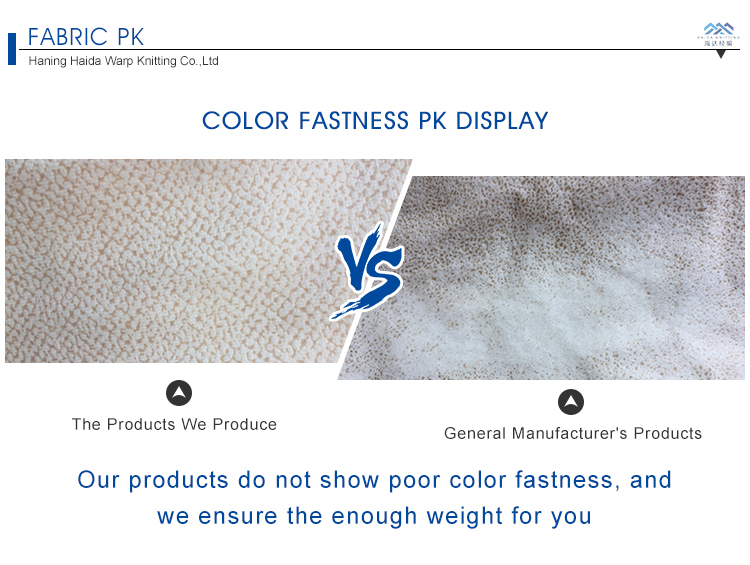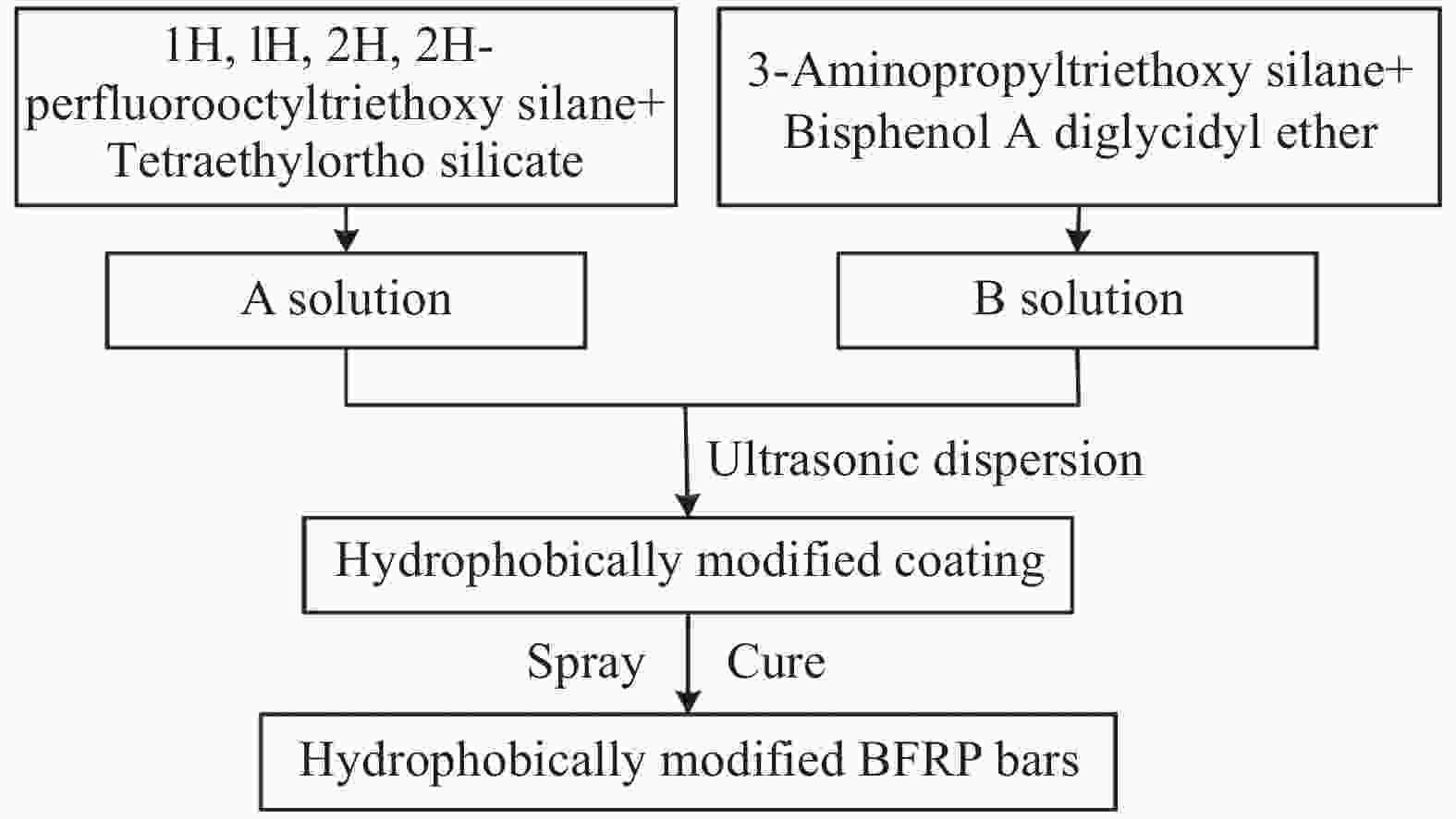Title: Polyester Fiber vs. Mulberry Silk: A Comparative Analysis
This article presents a comparative analysis of polyester fiber and mulberry silk, two widely used materials in the textile industry. Polyester fiber, which is synthesized from petroleum, is known for its durability, cost-effectiveness, and versatility. It is often used in clothing, home furnishing, and industrial applications. On the other hand, mulberry silk, which is obtained from the cocoons of specific species of silkworms, is renowned for its unique texture, elegance, and natural beauty. It is frequently employed in high-end fashion, accessories, and home decoration.In terms of performance, polyester fiber is generally more durable and easier to maintain than mulberry silk. It resists moisture, UV light, and other environmental factors that can degrade silk. However, silk has a unique ability to absorb moisture and regulate body temperature, making it ideal for certain applications such as intimate wear or bedding. Additionally, mulberry silk is biodegradable and sustainable, while polyester fiber is not.From a cost perspective, polyester fiber is typically less expensive than mulberry silk. The cost of silk is affected by the labor-intensive process of harvesting and processing it, as well as the limited availability of certain species. However, in some cases, the higher quality and performance of silk may justify its higher cost.In conclusion, polyester fiber and mulberry silk each have their own advantages and disadvantages. The choice between these two materials depends on the specific application and the desired performance, cost, and sustainability factors.
In the world of textiles, two materials stand out for their unique qualities and applications: polyester fiber and mulberry silk. While each material has its own advantages and disadvantages, it is important to understand their differences and similarities in order to make an informed decision on which one to use in a particular application.
Polyester fiber, also known as PET fiber, is a synthetic material made from petroleum-based polymers. It is one of the most widely used man-made fibers in the world, accounting for approximately 60% of all man-made fiber production. Polyester fiber is known for its strength, durability, and versatility. It can be spun into a range of different fabrics, from lightweight air-permeable fabrics to heavy-duty industrial fabrics. Additionally, polyester fiber is relatively inexpensive and easy to manufacture, making it a popular choice for mass-produced clothing and other textile products.

On the other hand, mulberry silk is a natural fiber produced by the silkworm, Bombyx mori. Silk has been used for centuries in a variety of applications, including clothing, bedding, and even medical treatments. Mulberry silk is particularly prized for its softness, smoothness, and natural shine. It is also highly durable and resistant to wear and tear, making it a good choice for clothing and other items that need to last for a long time. However, silk is a relatively expensive material, and its production process is more labor-intensive than that of polyester fiber.
So, which material is better? The answer depends on the specific application you have in mind. If you need a strong, durable, and versatile material for mass-produced clothing or other textile products, polyester fiber may be the better choice. On the other hand, if you are looking for a luxurious, soft, and natural material for high-end clothing or bedding, mulberry silk may be the better option. Additionally, if you are concerned about environmental sustainability, silk may be the better choice as it is a natural material that can be composted at the end of its lifespan.

In conclusion, both polyester fiber and mulberry silk have their own advantages and disadvantages. The best material to use in a particular application depends on your specific needs and preferences. By understanding these differences and similarities, you can make an informed decision on which material to use in your next textile project.
Articles related to the knowledge points of this article:
Title: The Art of Tie Selection for Job Interviews: A Guide to Making a Lasting Impression
The羽绒外套: Fashion and Functionality
Title: Mastering the Art of Tie Knots: A Comprehensive Guide to Tie Knotting Techniques
Title: The Timeless Elegance of Versace Ties
Feather and Down Production in the Modern Economy
Title: Mastering the Art of Tie Tying: A Comprehensive Video Tutorial for Perfect Bow-Tying



